There’s always been a certain kudos in owning a car that looks like a snail but goes like a scalded hyena. The much fabled ‘wolf in sheep’s clothing’. There’s all sorts of aftermarket engine upgrades available to soup a VW and make it go faster than it looks like it should but some cars left the factory having already been subtly ‘tweaked’. Here are our top five, totally discreet VW sleepers…
Passat VR6
The innocuous looking B3 never really got the pulse racing back in the early nineties. That is until VW decided to shove its new at the time 174bhp 2.8-litre VR6 engine under the bonnet in 1994 giving it a top speed of 139mph and a 0-60 time of just 8.7 seconds.
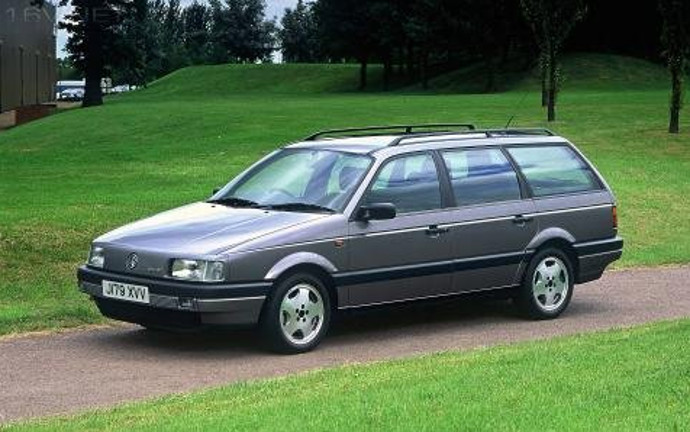
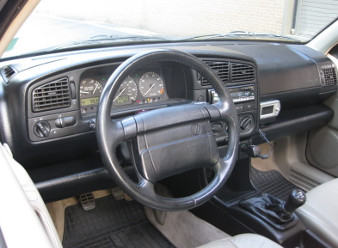
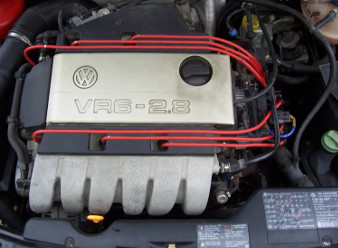
The BBS alloys and extra body trim gave the game away, but otherwise there was little to distinguish it from lesser models visually. Other behind the scenes modifications included traction control and sports front pews. The sensationally quick estate version was the most interesting.
Beetle 1303S
Volkswagen never really made a ‘hot’ Beetle, but the 1500 came pretty close. However, the introduction of stringent US emissions rules meant VW had to come up with a replacement and to please those who wanted a Beetle with a bit more poke they had to increase cubic capacity. The 1584cc power unit first appeared in Beetles across the pond in 1970 but we had to wait until 1971 for it to be fitted into the 1302 which then jauntily became the 1302S.
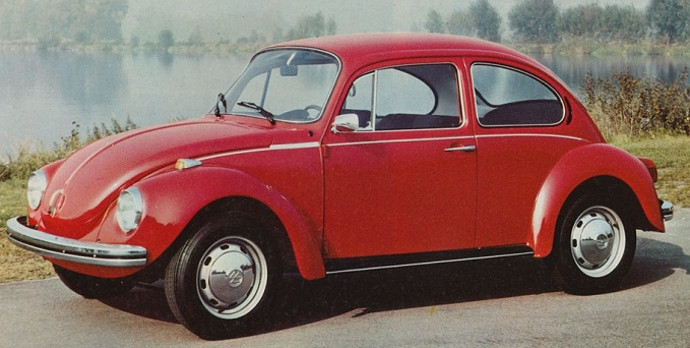
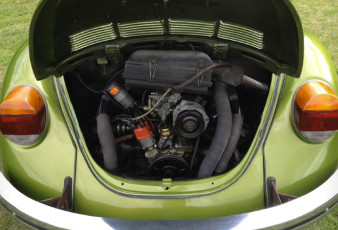
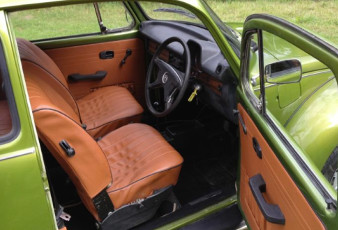
The new engine boasted a stronger magnesium crankcase and cylinder bores were enlarged from 83 to 85mm. However, the biggest change was the introduction of twin inlet ports which made their debut on the Type 3 1600 heads a few years earlier. Valve sizes remained the same as the 1500 but a new 34-Pict-3 Solex Carb was bolted on the top, a bigger fan fitted and the oil cooler was relocated. The effect produced a power output of 50bhp – a useful gain over the original 1500’s 44bhp. Being marginally lighter than the 1302S, later 1303S was the ‘sleeper’ in the range with its 17.1 0-60 time (the 1500 did it in 21.9 secs).
Jetta GTi 16v
Few cars have failed to stir the emotions less than the booted version of the Mk2 Golf. No, we’re only kidding because actually we think the Jetta’s one of the water-cooled VW world’s most overlooked potential classics. Mainland Europe had the more interesting two-door coupé but nevermind because we still had the Mk2 GTi 16v and as ‘sleepers’ go it’s got all the right credentials. With 139bhp on tap it could do 0-60 in just 8.3 seconds and the no frills spec included purposeful 6J alloys wrapped in low profile rubber, front spoiler, a subtle boot spoiler and a handy multifunction computer to give the anoraks their fix of useless information. Despite being described as a real ‘Plain Jane’ by Autocar magazine in 1986, the stock 8v 112bhp GTi came minus the alloys and body furniture, so in many respects was even more ‘under the radar’. More crucially it had an edge on the Golf GTi from 0-60mph when the magazine tested it, clocking 8.5 seconds compared with 8.6 seconds for the Golf. Better dynamics also gave the Jetta a marginally higher top speed.
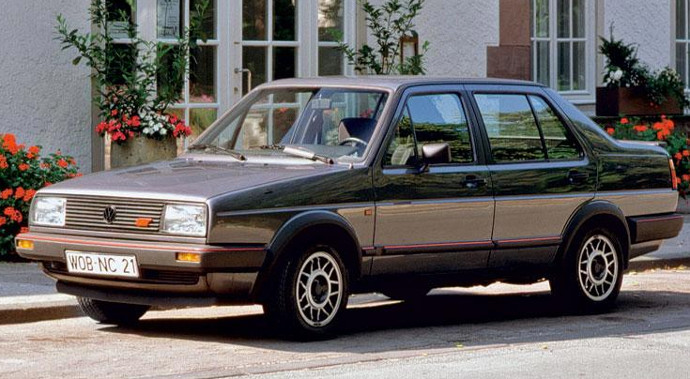
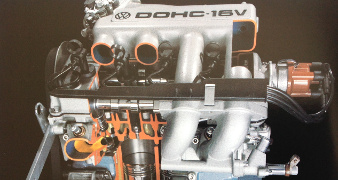
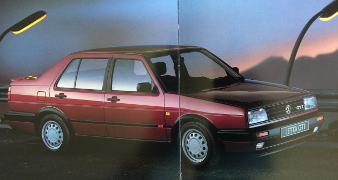
Bora VR6
The Bora’s another one of those cars you don’t really look at twice, unless it screams past you accompanied by a cacophony of glorious six-cylinder loveliness. This time the ‘Golf with a boot’ had a sensationally quick 2.8 V6 and featured six-spoke alloys, sports pews and VW’s acclaimed 4Motion all-wheel drive. And it was certainly quick; 0-60 in this now cheap as chips to buy forgotten hot hatch beater was just 7.1 seconds and it could do 146mph on the autobahns.
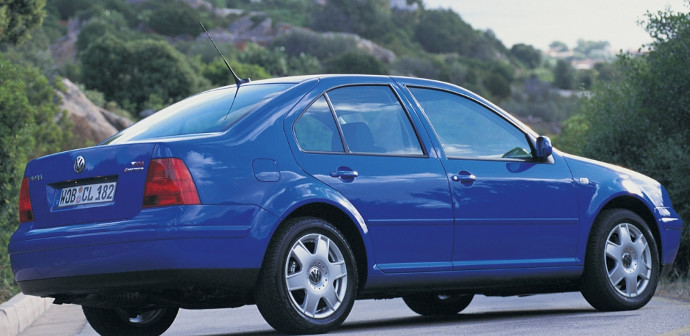
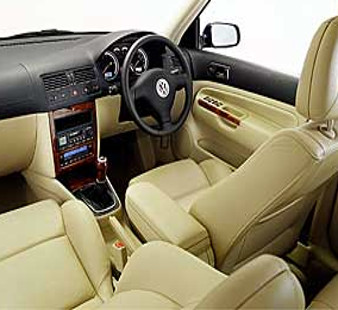
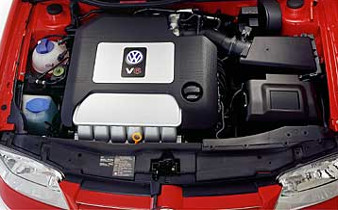
412LS
The 411, VW’s first four-door production car, featured all sorts of clever technical innovations and the 412 from 1972 with its neater front end and more plush interior was an extension of the same theme. The 1795cc powerplant came on tap from 1973 and with electronic fuel injection pushed out a formidable 85bhp.

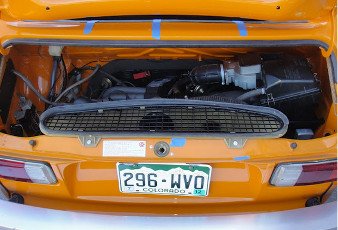
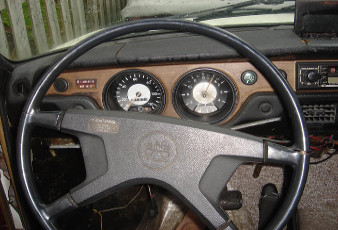
We shudder to think what the official 0-60 time would have been but suffice to say it must have felt relatively swift for what was otherwise a pretty anonymous looking family car back in the mid-seventies. God forbid, it may even have ducked below sub-15 seconds…
Ian
The opinions expressed here are the personal opinions of the author and do not necessarily represent the views and opinions of VW Heritage


Regarding the 50 hp 1.6 Beetle, curious to know how much more power the Beetle can safely take and whether it is possible for a hotter Beetle to at least be snapping at the heels or competitive against say the Porsche 912 / 912E and Porsche 914?
Hi Bob, basically virtually anything is possible with Beetle powerplants. It depends on how far you want to go, and how much you want to spend…
Hello Ian, to put it another way why did the Beetle not receive the 65-90 hp 1.7-2.0-litre Type 4 engine during its production life (post Type 3/4) given it appears to be a common conversion offering a useful boost in performance over the 50 hp 1.6?
Was it down to the (potentially correctable) limitations of the Beetle itself or something else entirely?
Hi Bob, to fit the Type 4 engine in the Beetle would have meant having to fit a beefier oil cooling system and various other modifications – and I guess VW didn’t think it was financially viable at the time.